boat lift
dell
14 years ago
Related Stories
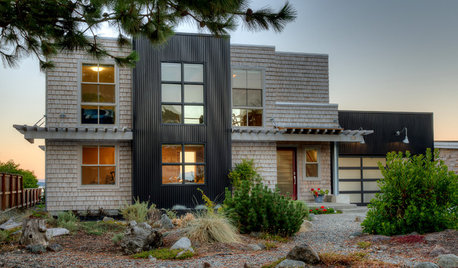
COASTAL STYLEHouzz Tour: Major Face-Lift Gives a Beach House New Life
The transformation of this Puget Sound island home is so remarkable that many residents think it was torn down and rebuilt
Full Story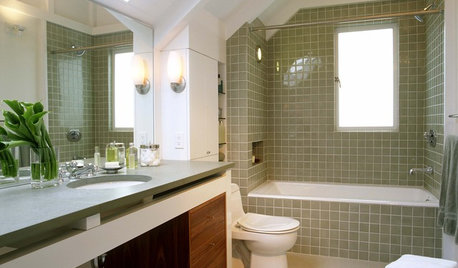
BATHROOM DESIGN12 Things to Consider for Your Bathroom Remodel
Maybe a tub doesn’t float your boat, but having no threshold is a no-brainer. These points to ponder will help you plan
Full Story
EVENTS6 Must-See Homes From the L.A. Beach Cities Modern Home Tour
From a home that mimics life on a boat to an updated beach bungalow, these modern houses capture what L.A. coastal living is all about
Full Story
BEDROOMSGet in the Swing of Things With a Hanging Bed
Give your bedroom a style lift with a fully or partially suspended bed — or one that just mimics the look
Full Story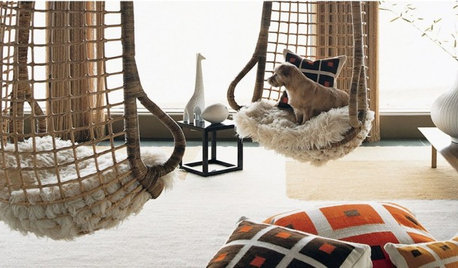
FURNITUREFun Furniture: Chairs in the Air
Give Your Room a Lift With a Chair From the Ceiling
Full Story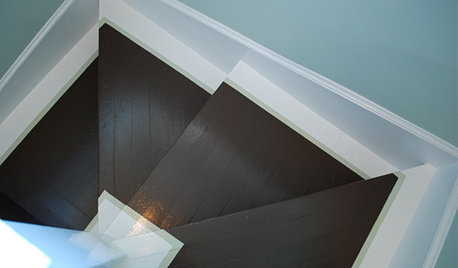
DECORATING GUIDESFlights of Fancy: Painted Stair Runners
Instead of carpeting, lay down some paint and give your steps a lift
Full Story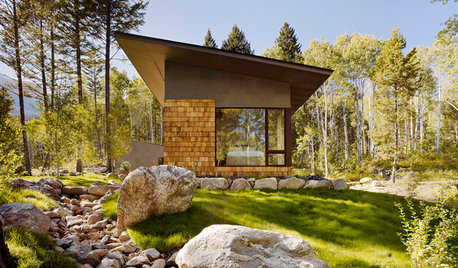
HOUZZ TOURSHouzz Tour: Finding the Essential in a Compact Guesthouse
Waiting out the economic downturn, a Wyoming couple takes up the challenge of living small — with beautiful results
Full Story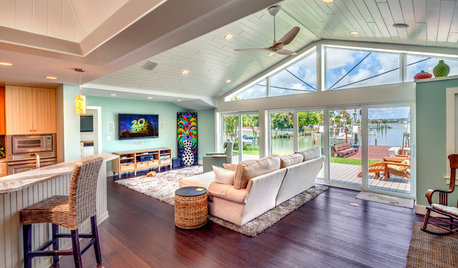
REMODELING GUIDESCoastal Makeover: A Florida Home Sees the Light
They're done! Check out the result of a ranch home that went from dark and dated to bright and airy — with a coveted water view
Full Story
TILETop Tile Trends From the Coverings 2013 Show — the Wood Look
Get the beauty of wood while waving off potential splinters, rotting and long searches, thanks to eye-fooling ceramic and porcelain tiles
Full Story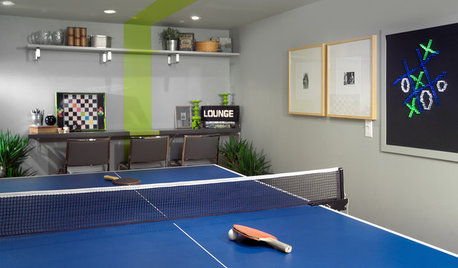
BASEMENTSBasement of the Week: Games, Guests and Ship-Shape Storage in Toronto
Maximizing space and fun possibilities is the mantra in this fun lower level brimming with amenities
Full Story








mike_kaiser_gw
terribletom
Related Professionals
Alamo General Contractors · Anderson General Contractors · Havre de Grace General Contractors · Springboro General Contractors · Toledo General Contractors · Fairfax Handyman · Downey Solar Energy Systems · Hemet Solar Energy Systems · Lynwood Solar Energy Systems · Coronado Home Automation & Home Media · Philadelphia Home Automation & Home Media · Riverside Home Automation & Home Media · Temecula Home Automation & Home Media · Waterford Home Automation & Home Media · Walnut Creek Home Automation & Home Mediaabnorm
petey_racer
dellOriginal Author
Ron Natalie
mikie_gw
mas1486us_yahoo_com
wayne440
Ron Natalie
petey_racer
woodyz
woodyz
kurto